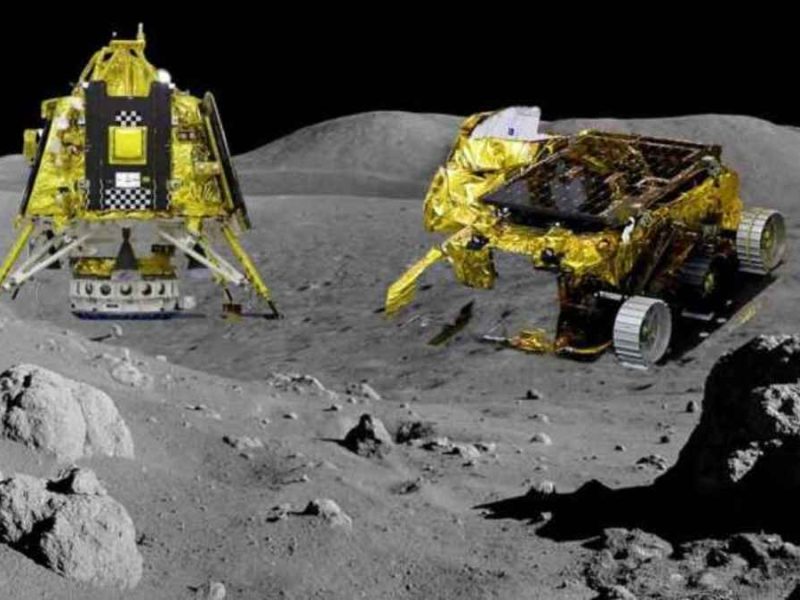Chandrayaan-3 ChaSTE: On August 23, 2023, India made history as Chandrayaan-3 touched down near the Moon’s south pole—a first for any lunar mission. Aboard the Vikram lander was a suite of scientific instruments, including the Chandra’s Surface Thermophysical Experiment (ChaSTE), a tool designed to decode the Moon’s thermal behavior and pave the way for future exploration.
Mission Goals: What is Chandrayaan-3 ChaSTE Looking For?
ChaSTE is all about understanding how heat behaves on the Moon’s surface and just below it. Its two main tasks:
- Measure the temperature at different depths (up to 100 mm) in the lunar soil (regolith).
- Evaluate thermal conductivity, crucial for knowing how heat flows beneath the surface.
This information helps scientists build a full thermal profile of the Moon’s polar region.
How It Works: Inside the ChaSTE Probe
The probe is a feat of engineering. Here’s what makes it tick:
- Ten Platinum Resistance Temperature Detectors (RTD Pt-1000 sensors) positioned along the probe measure temperature at various depths.
- A ribbon heater near the tip performs active thermal conductivity experiments.
- The probe’s body, made of a specialized composite, reduces heat interference while staying strong under mechanical stress.
What Did ChaSTE Discover?
ChaSTE delivered the first-ever direct temperature readings from the Moon’s south pole. The data was surprising:
- At the surface, temperatures soared to 70°C during lunar daylight.
- Just 80 mm below, temperatures dropped sharply to around -10°C.
This steep gradient revealed how quickly heat dissipates below the surface—critical for planning future lunar missions.
Why It Matters: Scientific Insights
The findings from ChaSTE give us a clearer picture of how solar heat interacts with lunar soil. Even more exciting:
- It supports the idea that water ice and other volatiles could be preserved in permanently shadowed areas.
- It’s vital data for designing future lunar bases—especially where stable temperatures are needed for habitation or equipment.
Deployment Timeline
- Deployed: August 24, 2023 (just one day after landing).
- Drilled: Into the lunar regolith, layer by layer, reaching a depth of 140 mm.
- Data Collection: Recorded temperatures every second for one lunar day (~14 Earth days).
Why ChaSTE Stands Out
Most lunar missions focus on the equator. ChaSTE broke new ground—literally—by examining the south polar region. Its results have already begun to challenge existing thermal models, showing how different and dynamic the lunar poles are.
In Context: Learning from Past Missions
ChaSTE’s success is especially notable when compared to previous missions:
- ESA’s Philae and NASA’s InSight both faced setbacks with similar thermal probes.
- ChaSTE’s rotating drive mechanism helped it penetrate lunar soil effectively, where others struggled.
Its performance demonstrates how India’s engineering innovations are pushing lunar science forward.












